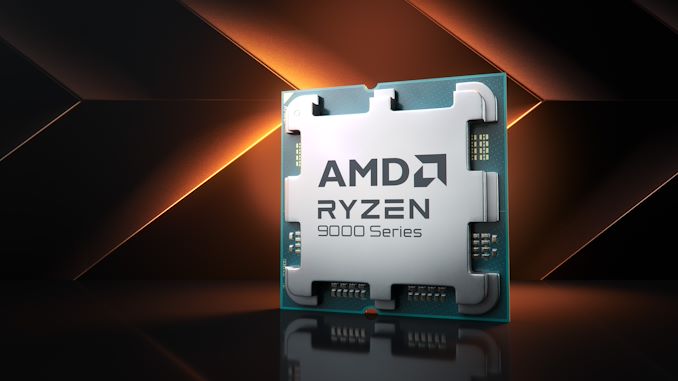AMD is set to refresh its desktop CPU lineup with the introduction of the Ryzen 9000 series and the new Zen 5 architecture, marking its first update since the Ryzen 7000 series nearly two years ago. Scheduled for release in July, the Ryzen 9000 processors aim to deliver modest performance enhancements over their predecessors.
The Zen 5 architecture, which powers the Ryzen 9000 series, promises a performance boost of approximately 16% over Zen 4 at equivalent clock speeds, an increment that, while not groundbreaking, remains significant. This performance improvement, however, does not match the 29% increase seen with the transition from Zen 3 to Zen 4.
The new series will maintain the same core counts as its predecessors, ranging from 6 to 16 cores across various models from the 9600X to the 9950X. These cores are distributed across up to three chipsets, including one or two CPU chipsets and a separate I/O die, with the CPU chipsets upgraded to TSMC’s N4 process.
Contrary to earlier rumors, the Ryzen 9000 series will not include the smaller, less power-intensive Zen 5c cores, which are being introduced in AMD’s Ryzen AI 300-series laptop chips. Similarly, there is no mention of a neural processing unit (NPU) integration, nor updates to the RDNA 2-based integrated GPU from the Ryzen 7000 series.
Alongside the processors, AMD is launching the X870 and X870E motherboard chipsets, which support USB4 and enhanced memory overclocking speeds. These chipsets continue to offer PCIe 5.0 speeds for key slots and are compatible with existing 600-series motherboards via a BIOS update, ensuring backward compatibility without a performance drop.
Despite these advances, Ryzen 9000 CPUs may not address broader concerns about the cost-effectiveness of the AM5 platform, especially when compared to current Intel systems or even AMD’s older AM4-based setups. The ongoing high costs of motherboards and DDR5 memory, coupled with the absence of lower-priced AM5 processors, pose a challenge for budget-conscious system builders.
AMD plans to support the AM4 socket until at least 2025, providing a viable budget option with the continued release of new Ryzen 5000-series CPUs. This strategy allows users to choose between a more future-proof yet expensive AM5 platform and a more affordable but aging AM4 platform.

